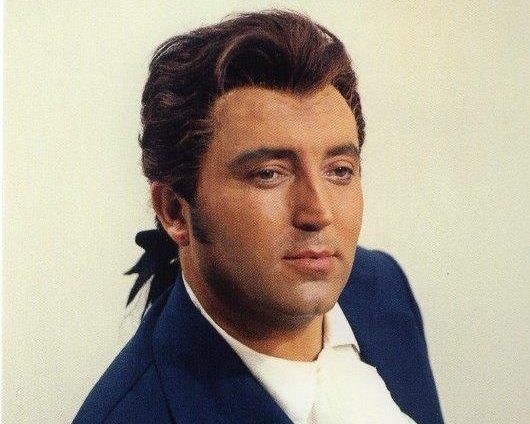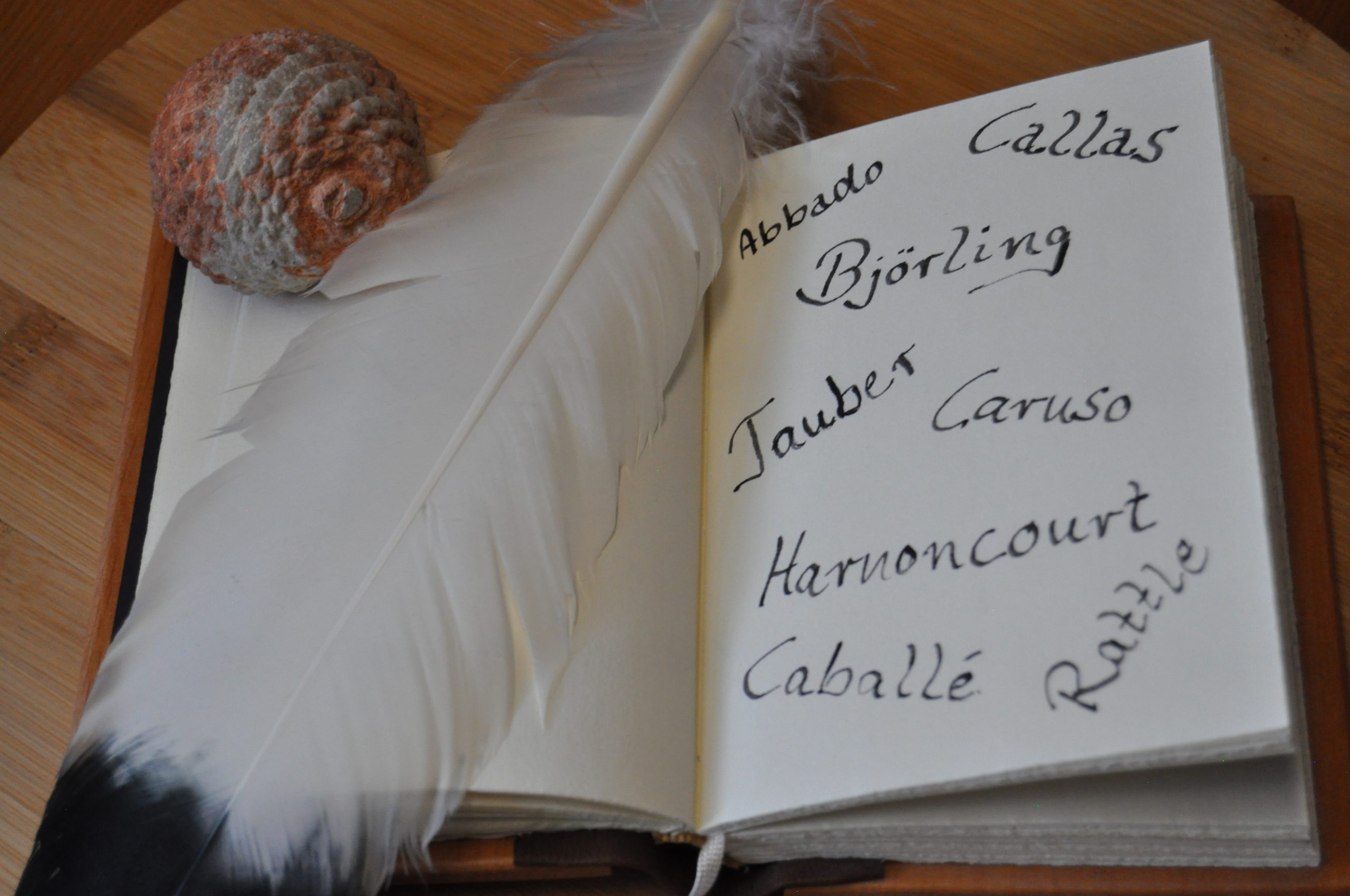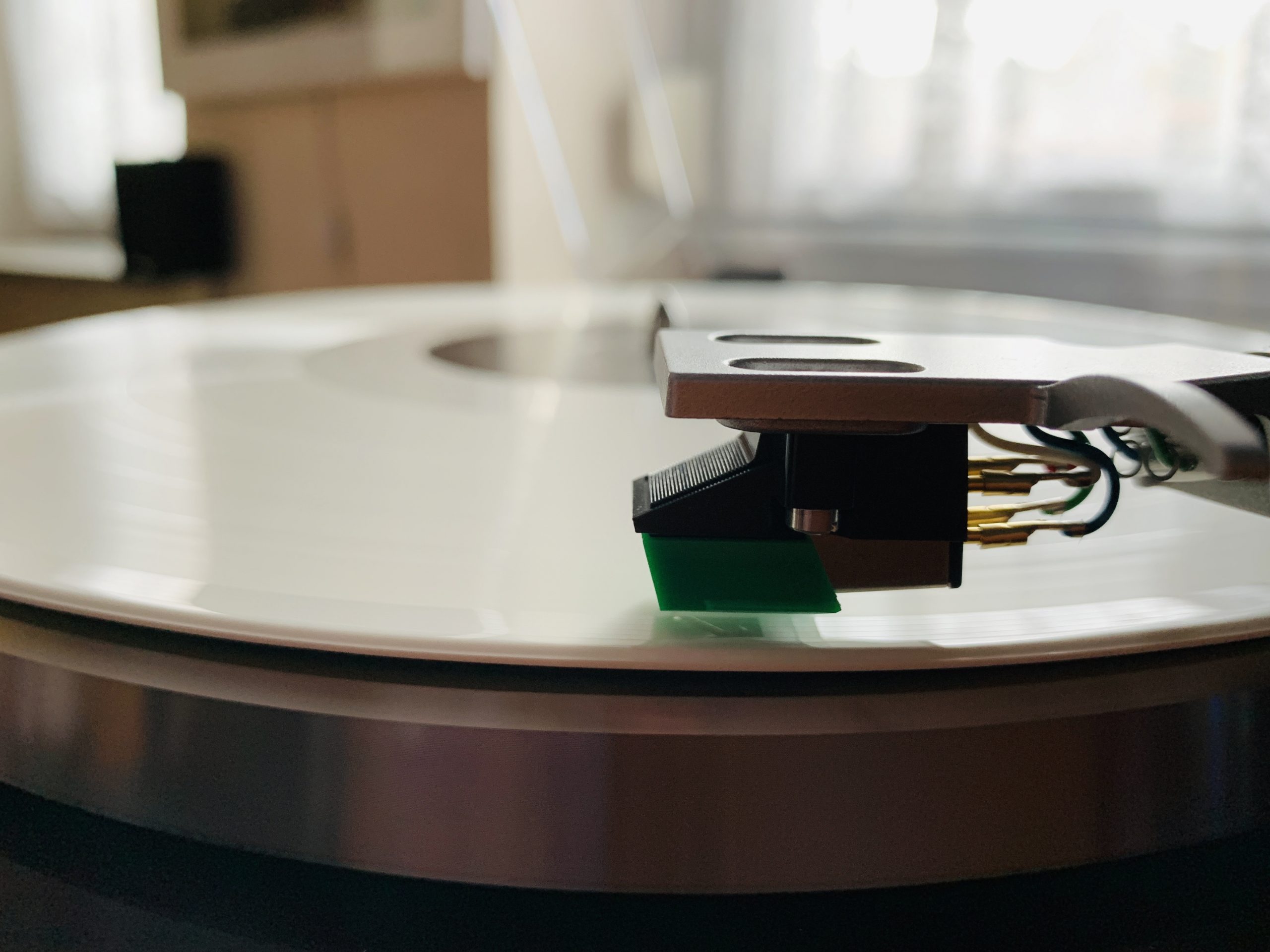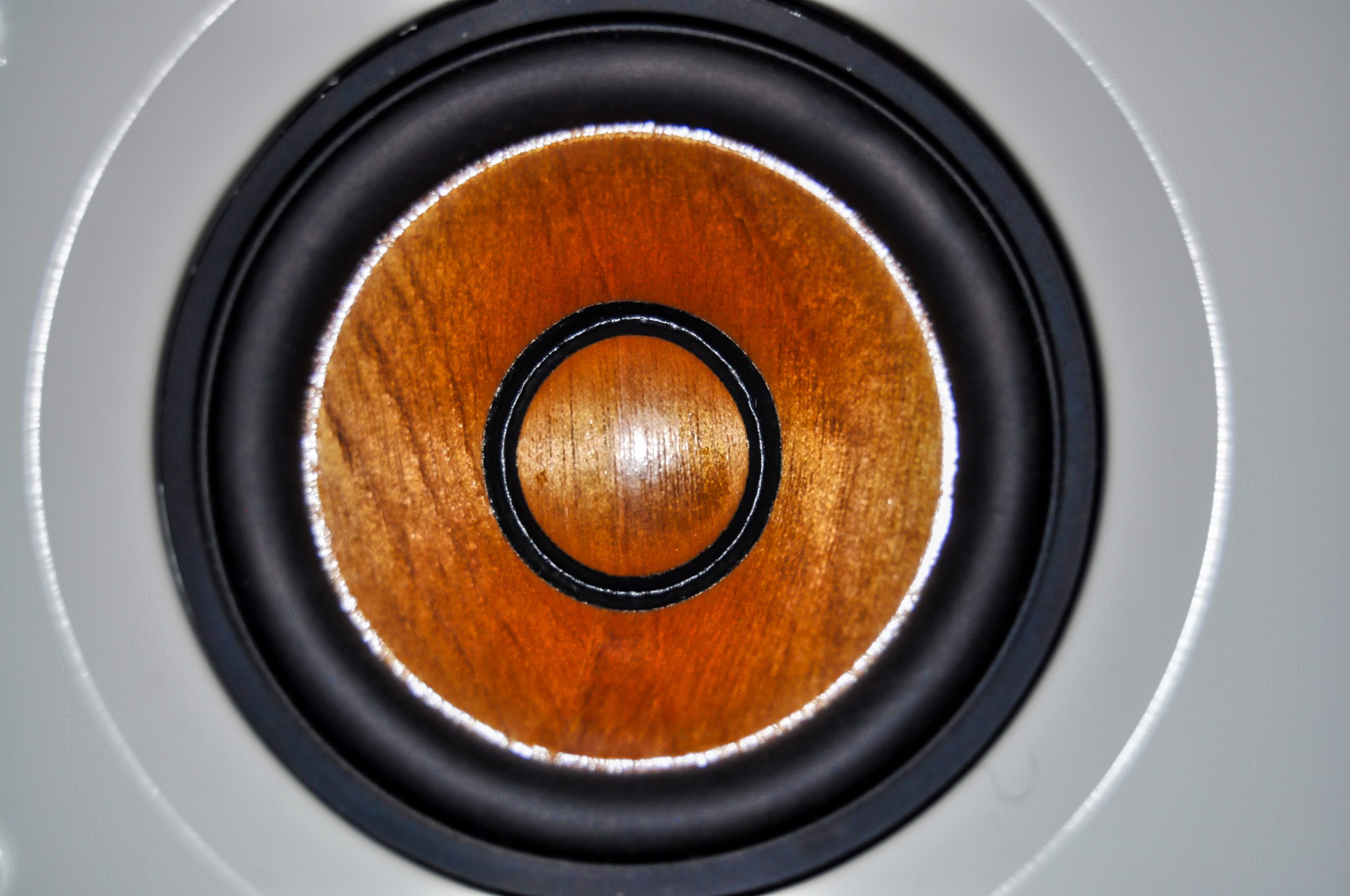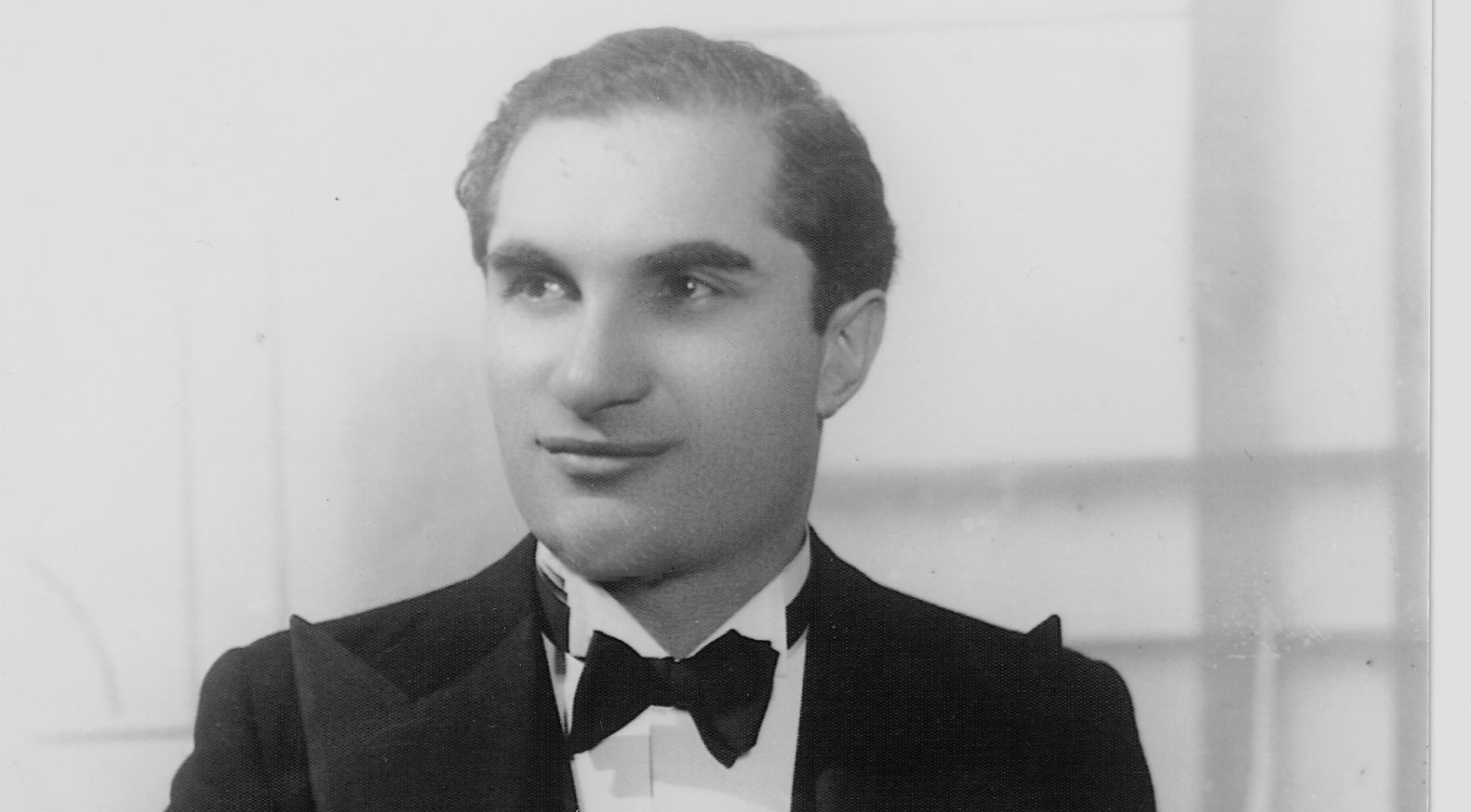Part one
There are two great Spanish opera singers of the 20th century: Montserrat Caballé (1933 – 2018) and Victoria de los Ángeles (1923 – 2005). Both were born in Barcelona, but there was a ten-year age difference between them. Victoria de los Ángeles, the older of the two, was born in the same year as Maria Callas and would also have turned 100 in 2023. Despite all the differences between the two Spanish women, both great opera divas had one thing in common: Their Catalan origins.
The young Victoria de los Ángeles grew up in an academic environment, so to speak – but this environment was different to what one might initially assume: her father worked as a caretaker at the University of Barcelona. The university library was therefore never far away and the young Victoria de los Ángeles developed a penchant for the world of books and art at an early age. De los Ángeles’ father must have left a lasting impression on the students: When the singer travelled around the world on her tours later in her life, it frequently occurred that a former student from the University of Barcelona came to the singer backstage to talk about her father.
De los Ángeles completed her training in three years.
Successful debut on the radio
Victoria de los Ángeles developed a penchant for the arts at an early age: but at the time, a musical education was anything but a matter of course for a daughter from a humble background. Her parents, who were musically inclined themselves, nevertheless wanted to give their daughter a musical career – after the Spanish Civil War (1936 – 1939), Victoria de los Ángeles began to study at the Conservatori del Liceu in Barcelona. Among the most important influences during her time as a singing student were the Spanish mezzo-soprano Dolors Frau and the guitarist Gracià Tarragó. It was originally planned that her studies at the conservatory would take six years – de los Ángeles completed her training in three years.
In addition to her parents, the young singer was greatly supported by her sister Carmen in her endeavours to become a celebrated singer: One day, the young de los Ángeles received a proposal from her sister Carmen to take part in a singing competition organised by Ràdio Barcelona. This move turned out to be extremely successful – with the two arias Sì, mi chiamano Mimì (La Bohème, Puccini) and Un bel dì vedremo (Madama Butterfly, Puccini), the young opera singer won the favour of the jury and emerged victorious from the competition. This competition also marked the birth of her stage name Victoria de los Ángeles: instead of her real name, the young singer entered her “new” name on the Ràdio Barcelona registration form.
José María Lamaña
Before Victoria de los Ángeles had even come close to completing her training at the conservatory, she already enjoyed the status of a celebrity in the local scene – it was not unusual for winners of radio prizes to be engaged for various works, but these engagements rarely took place in an opera house or a comparable institution: It was not unusual for the winner of such a competition to sing a few times on the radio or at smaller events, but then disappear into insignificance again. What Victoria de los Ángeles needed at this point was a kind of “musical godfather”, as Peter Roberts writes in his biography of the opera singer, who would agree to take the young singer under his wing and support her. As fate would have it, just such a patron was sitting in the audience of one of Victoria de los Ángeles’ end-of-semester concerts: the industrial engineer and musicologist José María Lamaña had the opportunity to get a precise impression of Victoria de los Ángeles’ voice at a concert on 14 May 1941. Lamaña contacted Dolors Frau, young Victoria’s singing teacher, and discussed the young singer’s situation with her. The situation was anything but favourable for a singing career: Victoria’s family simply did not have the means to finance further vocal training for their daughter and Frau even remarked that she suspected that the young singer was getting far too little to eat.
Under no circumstances would Lamaña allow Victoria to “burn out” her voice.
Ars Musicae: “University years”
The engineer Lamaña, whose father had been president of the conservatory before him, must have seen enormous potential in the voice of the young Victoria de los Ángeles: He agreed to pay for her education in full and arranged recordings with the chamber ensemble Ars Musicae, which he had initiated.
Victoria de los Ángeles later described her years with Ars Musicae as her “real university years”: The experience she gained as a singer with this chamber ensemble formed the basis for her later career as an opera and lieder singer. The Ars Musicae‘s concerts often took place in a private setting, which provided the young opera singer with the ideal basis for gaining experience. Her patron Lamaña made sure that his protégée Victoria did not accept any offers during her training period where she was simply earning money: under no circumstances would he allow Victoria to “burn out” her voice, as many young singers did at the time who needed to make money quickly.
During the 1940s, the promoter Lamaña, who worked full-time as an engineer, was given the task of managing his protégée’s career: His work with her quickly bore fruit – Victoria was soon given the opportunity to record a vinyl record with Ars Musicae on one of the biggest record labels of the time.
The key: self-confidence
In many ways, her “university years” at Ars Musicae formed the basis for her later career: unlike many other singers, Victoria was not thrown in at the deep end and had to assert herself among countless other competitors. She was given the opportunity to develop a solid repertoire and confidence as a singer right from the start. She later said herself: “When the day came for me to make my opera debut, it all came to me quite naturally. (…) I felt that it was just a continuation of the singing I had always done. I do not mean to imply that I took opera for granted. But I never thought ’I must win tonight. I must conquer them.’ That was never my way of thinking. (…) I had the voice and I loved the music so for me it was what it always had been – communication with others. (…) I suppose I was not nervous because I was sure of myself and was not afraid of being ridiculous.“
This is exactly what Victoria de los Ángeles acquired during her “university years” with the chamber ensemble Ars Musicae: self-confidence. Self-confidence that she would definitely need, looking ahead to the long and demanding career as an opera singer that lay ahead of her…
Main source: Roberts, Peter: Victoria de los Ángeles 1982 Weidenfeld and Nicolson
Cover picture: Victoria de los Ángeles 1963 at Amsterdam Schiphol airport
Picture credit: Fotograaf Pot, Harry / Anefo, Nationaal Archief, CC0

 Deutsch
Deutsch